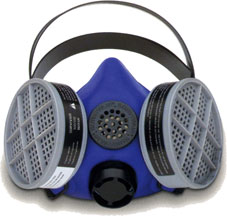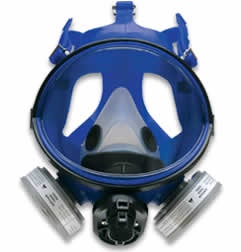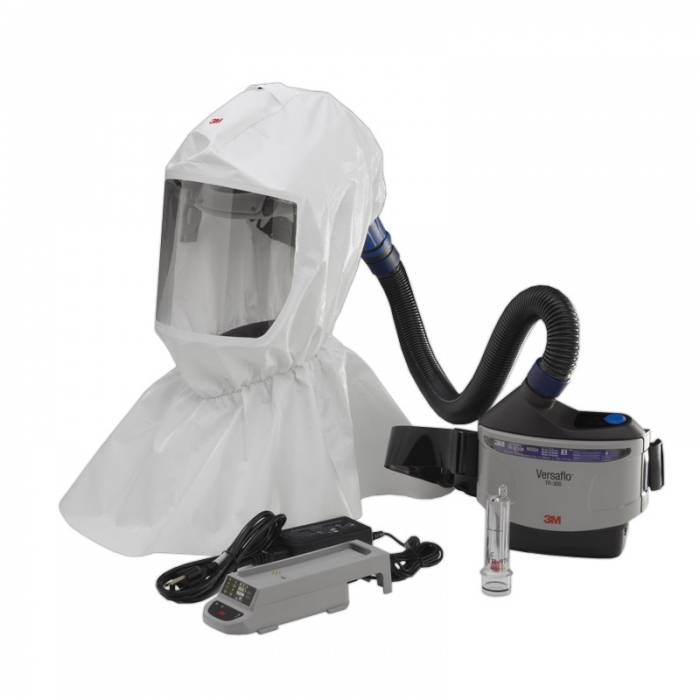Respirator Information
Obtaining a respirator
If an employee requests to use a respirator, including a N95 filtering facepiece, they should first discuss with their Principal Investigator (PI) or supervisor the feasibility of implementing preferred methods of exposure controls. According to MIOSHA, the primary goal is to prevent the generation of atmospheric contamination using exposure control measures, such as enclosure or confinement of the operation, general and local ventilation (including use of a chemical fume hood or biological safety cabinet), substitution of less toxic materials, or modifying work practices to reduce exposure. Only when these controls are not feasible, or while they are being instituted, shall respirators be used.
Air purifying respirators
Classification of air-purifying respirators can be subdivided into three categories:
1. Filtering facepiece respirators (FFRs) These are also commonly referred to as "N95s." This is a disposable particulate respirators because the entire respirator is discarded when it becomes unsuitable for further use due to considerations of hygiene, excessive resistance, or physical damage.

2. Elastomeric facepiece respirators Sometimes referred to as cartridge or tight-fitting facepiece respirators. The facepiece is cleaned and reused while the filter cartridges and canisters are discarded and replaced when they become unsuitable for further use.


3. Powered air-purifying respirators (PAPRs) A positive pressure respirator with battery-powered blower that moves the air through the filters to the user. Can be used with a loose fitting, shroud type of mask.

Voluntary respirator use
If the employer allows respirator use and exposures are less than OSHA Permissible Exposure Limits (PELs) or other recognized exposure limits, the respirator use would be considered "voluntary". An employer may provide voluntary-use respirators at the request of employees or permit employees to use their own respirators, if the employer determines that such respirator use will not in itself create a hazard.
N-95 Filtering facepiece respirators (FFRs) - voluntary use:
Voluntary users of filtering facepiece respirators (dust mask, N95) must verify that they have read and understood the information on the Voluntary Respiratory Protection Use Registration Form.The authorization to voluntarily this type of respirator does not expire. A medical evaluation is not required for voluntary use of this type of respirator.
Elastomeric facepiece (tight fitting) and PAPR respirators - voluntary use:
The following requirements apply for voluntary users of elastomeric half-face or full-face respirators or PAPRs:
-
Submit a Voluntary Respiratory Protection Use Registration Form
-
Get a respirator Fit Test (optional for half- and full-face masks, not done for PAPRs with hoods)
-
Respiratory Protection Use, Maintenance & Storage Information
Employees are responsible for maintaining current voluntary respirator use authorization.
Mandatory respirator use
If a supervisor or PI requires an employee to wear any type of respirator (e.g., an SOP states that an N95 will be worn during certain procedures), even when airborne contaminants are determined to be less than exposure limits, then MIOSHA classifies this use as "mandatory". The employer shall provide mandatory-use respirators, training, fit testing, and medical evaluations at no cost to the employee.
The following requirements apply for all mandatory respirator users:
-
Get a respirator Fit Test (not done for PAPRs with hoods)
-
Respiratory Protection Use, Maintenance & Storage Information